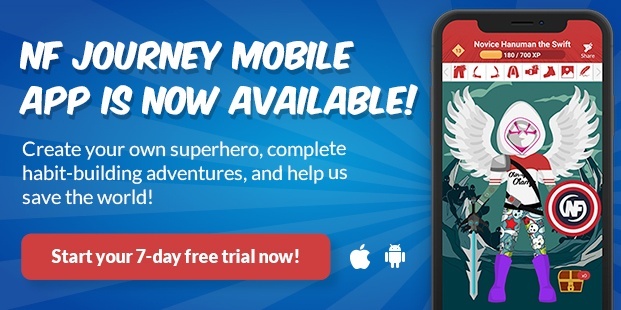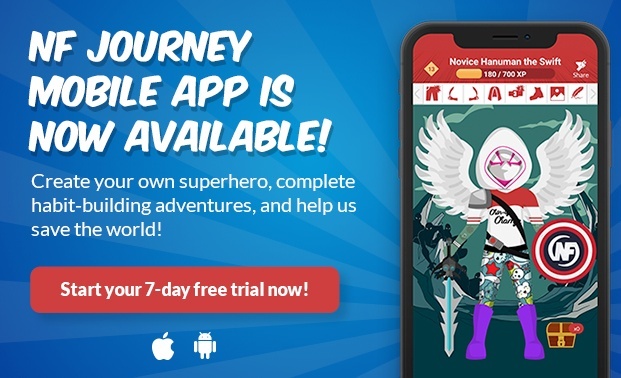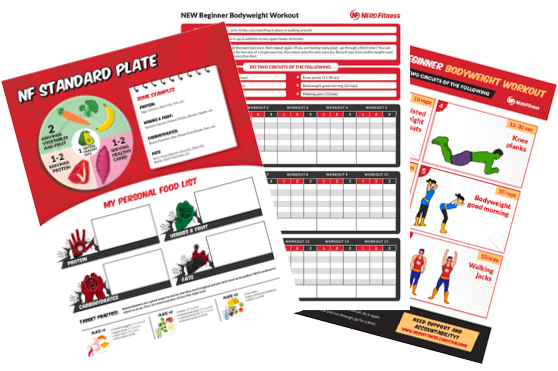
So you’re trying to lose weight fast, eh?
I hear ya. It’s what most people are after!
There’s just one problem.
There’s an ABSURD amount of horrible advice out there for quick weight loss.
I’m looking at you “Weight Loss Tea” and “Fat Burner Cookies.”

Fortunately, us geeks at Nerd Fitness actually help people get healthy with things like “science” and “proven strategies that last.”
We have thousands of success stories from our community and 1 million+ people tune in each month for our advice on getting in shape.
Below, we’ll share with you our 9 strategies for safe, sustainable weight loss. We use these as part of our Online Coaching Program and today you’ll learn them too.
Here’s what we’ll cover:
- What is the fastest way to lose weight? (4 common methods)
- How much weight can I expect to lose?
- How do you maintain your weight loss? (Real talk)
- 9 habits for weight loss (that we use with our clients)
- How to lose weight fast (next steps)
We have a lot to get through, so let’s jump right in!
What Is the Fastest Way to Lose Weight? (4 Common Methods)
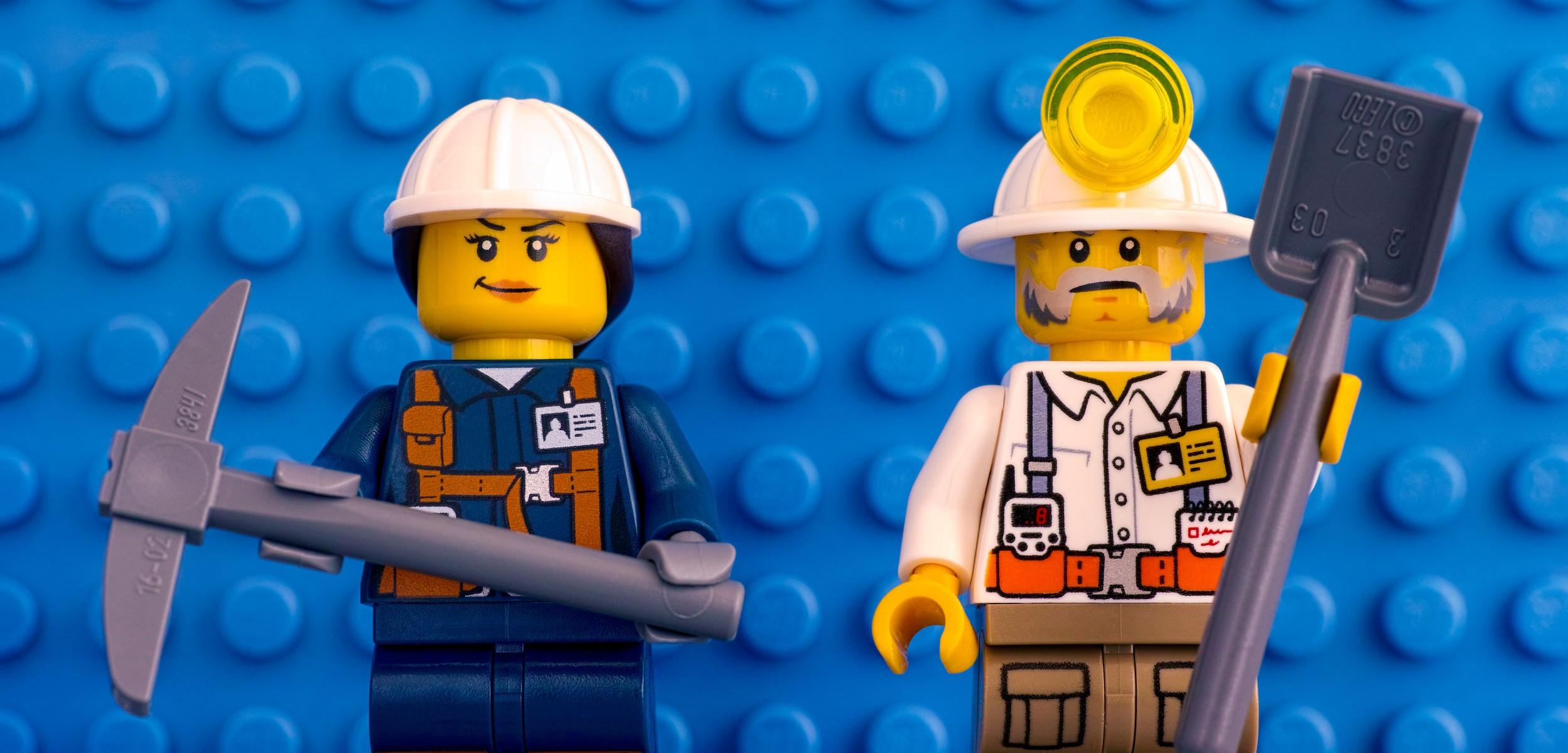
At some point in this guide, I’m going to try and talk you out of trying to lose weight as fast as possible.
But now is not that time.
If you are trying to lose weight quickly, there are 4 common ways of going about it. Each will have some pros and cons, so let’s discuss.
#1) Very Low-Calorie Dieting
This is probably the most common way to quickly lose weight: don’t eat much.
A very low-calorie diet (VLCD) is defined as any diet ranging from 450-800 calories a day.[1]
For reference, there are about 550 calories in a McDonald’s Big Mac.
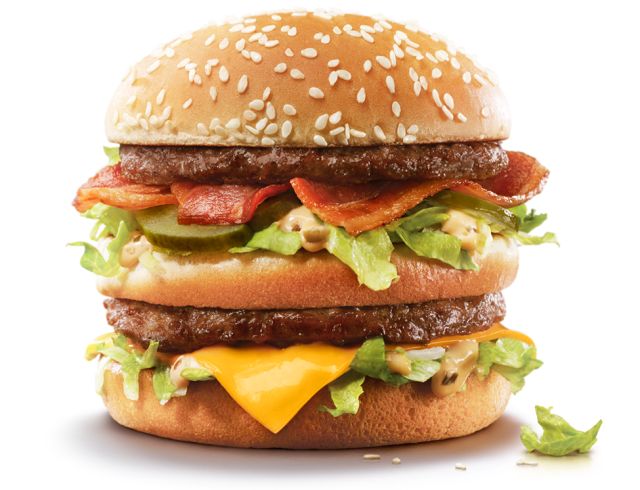
So we’re talking about a hamburger and maybe an apple to eat for a day. That’s it.
Unsurprisingly, starving oneself by going on a VLCD will create fast weight loss.[2]
However, these diets should only be done under medical supervision because you can run into some serious nutritional deficiencies and other health complications if you don’t know what you’re doing.[3] Additionally, as you’ll soon learn: “temporary changes create temporary solutions.” So, following a VLCD to lose a few pounds will only work for as long as you eat in this fashion.
Not great!
Verdict: Talk to a doctor before trying this.
#2) Protein-Sparing Modified Fasts
A protein-sparing modified fast (PSMF) is much like a VLCD, but the calories you eat more or less come from protein sources.[4]
With a PSMF, you eat:
- About 0.68 grams of protein per pound you weigh (1.5g/kg). So if you weigh 250 pounds, you would target 170 grams of protein.
- Typically that protein comes from 12-17 oz of lean meat, poultry, fish, seafood, eggs, low-fat cheese, or tofu.
- Less than 20g of carbohydrates a day (about 2 servings of low-starch vegetables, with unlimited lettuce salad).
- No fats outside of those in protein sources (no butter, oils, nuts, or seeds).
- A multivitamin and some other electrolyte supplements.
That’s about it.
Why the focus on protein?
As we discuss in our Protein 101 guide, eating plenty of protein is critical when you’re losing weight, to ensure you’re losing the right kind of weight.
When you’re in a caloric deficit, your body needs to pull from current stores to function, which means it might pull from both body fat AND muscle.
Obviously, from a health and physique standpoint, that’s not good.
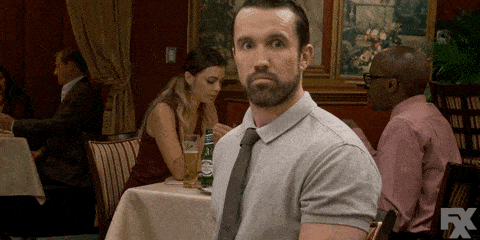
This explains why a PSMF prioritizes protein: it can help maintain muscle during a drastic calorie deficit.
I already know your next question: is this safe?
- In the short term? Probably.
- In the long term? Ehhhh.
A two-week study found the PSMF to result in safe and effective weight loss.[5]
However, a three-month study found nutritional deficiencies were developing in those following a PSMF, even with the added multivitamin and supplements.[6]
Verdict: In the short term (a week or two), this is fine. In the long term, I would check in with a doctor.
#3) Ketogenic Diets
Low-carb diets are all the rage these days.
Your co-worker, their spouse, and their dog walker’s nephew have all (probably) tried a low-carb diet recently.
Out of all the low-carb variations out there, the Ketogenic or Keto Diet is one of the more strict versions, as you basically cut out all or most carbohydrates.
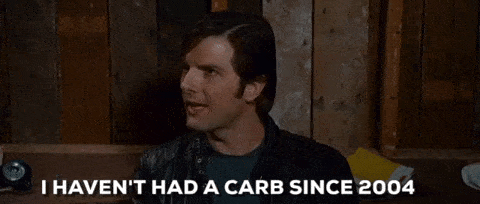
While the exact prescription of a Keto Diet will vary depending on who you talk to, generally a Keto Diet has you:
- Keeping carbs to about less than 30-50 grams a day. For reference, a banana has about 27 grams of carbs.
- Consuming protein at about 0.6 grams for every pound you weigh (about 1.35g per kilogram).
- Eating the rest of your calories from fat.
If you’re interested in learning more, I recommend you check out our GIANT eBook, The Beginner’s Guide to the Keto Diet. Grab it for free when you sign up in the box below:
The short and gist of the Keto Diet:
- Low-carb diets are generally considered safe.[7]
- Weight loss can occur on a low-carb diet (as long as you can stick with it), since you’re cutting out an entire macronutrient and most likely reducing total calories consumed.[8]
- Your results may vary.
Verdict: If you want, go ahead and try the Keto Diet. Lots of people have had success with it. Just know that it’s pretty tough to stick with, which we’ll come back to later.
#4) Weight Loss from Dehydration
If an athlete needs to drop weight quickly for a match or competition, they’ll often do so by dropping water weight.
Think of someone in MMA or bodybuilders, who need to reach a certain weight temporarily to stay in or make a certain weight class.
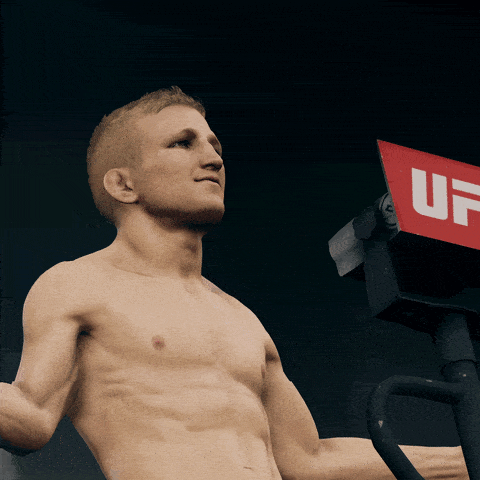
If today they’re 160 pounds, but in three days they need to be 150, they’ll often dehydrate themselves to get there.
Some tricks to lose water weight include:
- Jogging around in full sweatsuits.
- Sitting in hot saunas.
- Removing all salt from the diet (since it helps you hold water).
- Going super low-carb (carbs also help with retaining water).
- Not drinking any water the day of the weigh-in.
While these tips might help someone qualify for a competition, we’re not talking about fat loss here, so avoid playing with dehydration to get in shape. Plus, many of these strategies could potentially impact your health if you’re not careful.[9]
Verdict: Don’t bother.
If you’re wondering if there’s a better strategy for fast weight loss than these 4 protocols, we can help! If you’re interested, we’ll set you up with your very own NF Coach who will create a weight loss plan that isn’t so drastic (or soul-crushing):
How Much Weight Can I Expect to Lose?

We’ve all seen advertisements that say:
- Lose 5 pounds in a week.
- Ditch the stubborn “belly fat.”
- Get that bikini body by the summer!
Walk down any magazine aisle and you’ll see:
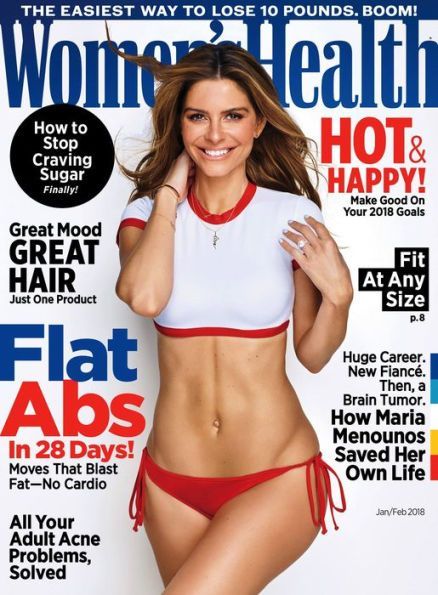
Flat abs in 28 days? 10 pounds lost easily? Wha…
It’s no wonder that many think weight loss can be done quickly.
Here’s the truth: no one can tell you exactly how much weight you’ll lose in any given time period.
It’ll depend on your energy balance (“calories in” compared to “calories out”), metabolism, physical activity, and body composition.
However, as Coach Jim points out in the video below, we can talk about some realistic expectactions of pace:
We can put it all together in a nice chart:

Stats taken from Precision Nutrition.
Here’s what we mean by “pace” for weight loss:
- Extreme. You need to follow your program 100% of the time.
- Reasonable. This is about 70-80% consistent with the program.
- Comfortable. You’re consistent about 50-60% of the time.
More on these terms in our next section.
I should also say, your weight loss progress will not be linear.
You’ll lose fat faster when:
- You first begin your weight loss journey.
- You have more fat to lose.
Why?
Think of it this way: suppose you normally eat 3,000 calories per day and you maintain your current body weight.
Let’s imagine you bring this down to 2,000 calories, a deficit of 1,000 calories per day. With this new approach, you’ll start to lose weight.
But as you begin to lose weight, your calorie requirements will go down.
Simply put, there is less of you that needs “fuel.”
Yep, the bigger you are, the more calories you need. The smaller you are, the fewer calories you need.

Example: Beaker will now need fewer calories.
In other words: your metabolism doesn’t have to work as hard to fuel all of your bodily functions, has less weight to carry, and thus it will burn fewer calories compared to when you were much bigger.
Here is the estimated daily resting calorie burn (“sit on your ass all day”) of a 35-year old male nerd at 3 very different weights – which you can learn from our Calorie Calculator:
- 300 lbs: 2,600 calories.
- 250 lbs: 2,300 calories.
- 200 lbs: 2,000 calories.
WHAT THIS MEANS: Unless you adjust your calorie intake as your weight decreases…your previous calorie intake amount becomes less and less effective at losing weight, until you hit an equilibrium.
Another piece of the equation: your body will become more efficient at the exercise you do.[9]
Here’s an example: if you burn 100 calories running a mile, if you continue to run this same distance at the same speed, eventually you’ll only burn 95 calories running that same mile. Then 90. And so on.
None of this is meant to freak you out, but it is important to understand if you can’t seem to lose weight.
Alright, I told you this was coming.
At this point, we need to talk about ALL the problems with “losing weight as fast as possible.”
How Do You Maintain Your Weight Loss? (Real Talk)

I’m going to make an assumption about you:
This probably isn’t your first rodeo, nor is it the first time you’ve looked into fast weight loss.
How’d that turn out the last time you tried it?
I’m not asking this to be a jerk, but rather to make a point:
I like you, your friends like you, and the world needs you to be the healthiest superhero version of yourself you can be.
The problem with the four strategies we talked about earlier (and the other diets that you’ve probably tried), is they generally aren’t sustainable.
Can you live off 500 calories for a few days?
Probably.
Can you do it for a whole year?
Nope.
As we mention in The 5 Rules of Weight Loss, any benefit you get from a diet is only going to last as long as you do the diet.
Said another way:
- Temporary changes create temporary results.
- Permanent changes create permanent results.
Sure, it’s great when people try the Keto Diet and lose 20 pounds. But as soon as they ditch low-carb, they generally regain the weight back.
We want sustainable changes and permanent weight loss.
It doesn’t really matter how much weight you lose in your first week or first month, but rather how much weight you have lost after 1 year, and how you feel after that year.
That’s why in our Online Coaching Program, we don’t focus on losing weight as fast as possible. We focus on slowly developing 9 skills that help our clients level up permanently.
Although we focus on long-term behavior change and permanent progress, many of our clients end up losing weight pretty quickly, like Sarah the supermom here, who lost 30 pounds in six months.
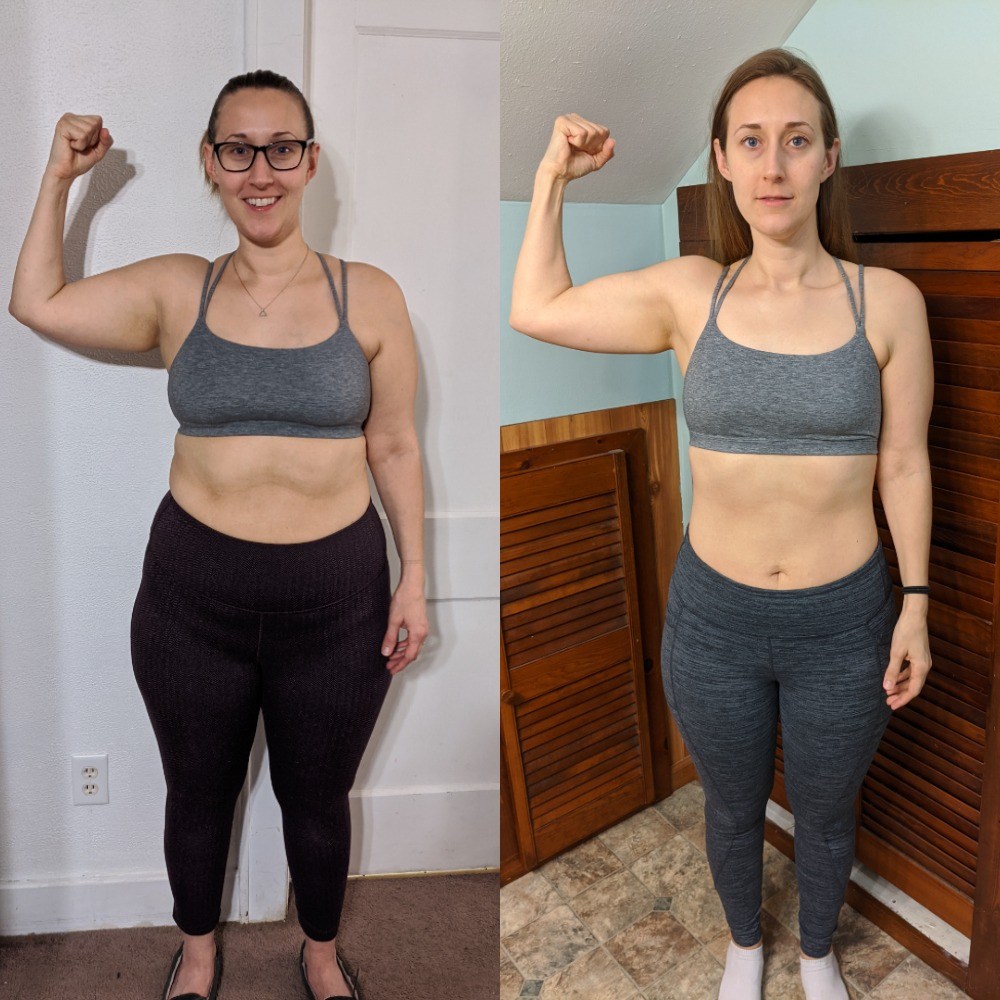
This might seem counterintuitive, but after years of running Nerd Fitness, I’ve learned it to be true:
Small changes, consistently taken, create the fastest path to lose weight.
Think of the classic story of the Tortoise and the Hare.
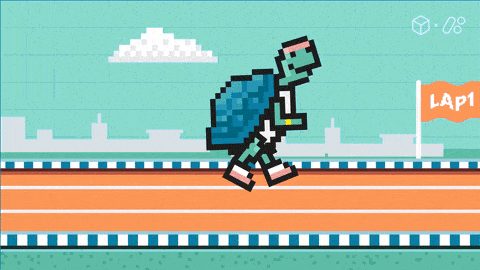
The fast-starting hare becomes bored and decides to take a quick nap, while the slow-but-consistent tortoise keeps its pace. When the hare wakes up, it’s too late. The race has been won by the tortoise.
The morale here: the race is not always won by the swiftest.
Make a small change. Once it becomes a normal part of your life, make another. Then another.
That’s how the tortoise would do it.
This is a message I really strike home in the video on “How to Get in Shape,” which is right here for you:
Now, let’s talk about what small changes you can make.
9 Habits for Successful Weight Loss
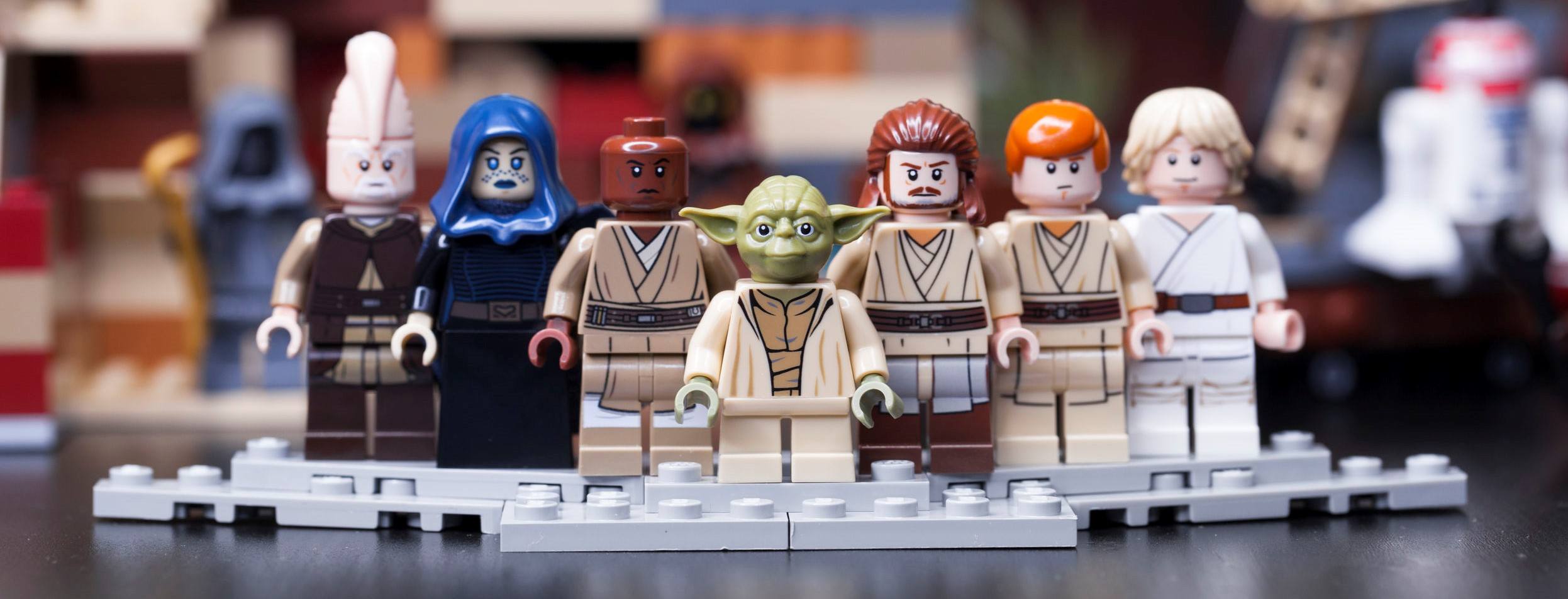
Here are 9 skills to help you achieve fast and sustainable weight loss:
#1) Plan and Take Action
If you’re going to embark on a weight loss journey, you’re gonna need to do some preparation.
You can’t just open your fridge and expect there to be healthy food ready to go.
That would be a magic fridge.

Which I assume would also talk to you.
Our first step in helping someone get healthy, whether through our Coaching Program or in NF Prime, is by outlining a plan.
Then, we need to act on it.
There are two ways we go about this:
- Make time on your calendar. This can be a reminder to buy food, prep dinner, or go for a walk. It doesn’t have to be a huge block of time, but we need to get you in the habit of making space for your goals. Otherwise, they won’t happen. So Step #1 here is to make time.
- Have “Daily Wins” in the direction of your goal. What we do every day will end up defining us, so daily adherence is important. However, this can be a small action, even just 5-minutes. We call this our “Daily Win.” It could be to drink a glass of water or go do some jumping jacks. The point here is to be able to crush this goal, no matter what it is. It’ll help us build momentum.
When you start a weight loss journey, take some time to plan and prepare. Don’t just say “I’m gonna start tomorrow.” Think of when you’re going to make a change, what you’re going to change, and why.
Then create a path where you can take a step in that direction every single day, no matter how small it may seem.
This will add up quickly, I promise.
#2) Develop Healthier Eating Behavior
So many people ask us “what” to eat.
But we rarely get people asking us “how” to eat.
Both are super important for losing weight.
There are a few things we can work on to develop this “how” skill:
- Eat mindfully and slowly. Your body takes a while to recognize it’s full, so slowing down and concentrating on your meal can help with overeating. Some of our Daily Wins here could include using a meal timer, putting your fork down between bites, and eating without the TV or your phone around (no distractions).
- Recognize hunger and fullness cues. Sometimes, we eat just to eat. Maybe we’re actually more bored than hungry. To help fight this, a Daily Win could be to keep a “Hunger and Fullness Journal.” Here, you rate your hunger from 1 to 10 before you eat anything. If it’s less than 6 or 7, maybe pause for 30 minutes or so and check back in later. It’s the same idea for our fullness. Pause during the meal, and ask yourself “how hungry am I still?” If your hunger has subsided, maybe save the rest of your food for later. The goal here is to eat (and continue eating) only when you’re hungry.
- Create a schedule for meals. Most people do best with eating on some type of routine. Breakfast, lunch, and dinner at roughly the same time. Your body will pick up on this and naturally get hungry at the times you normally eat. Predictable meals can help with weight loss.
#3) Balance Energy Intake to Your Goals
You’ll hear us talk about “energy balance” throughout Nerd Fitness.
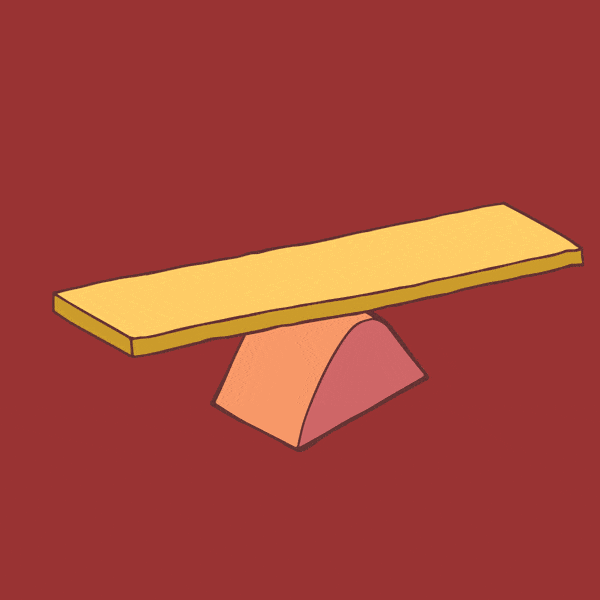
As we point out in The 5 Rules of Weight Loss, study[10] after study[11] after study[12] shows that our bodies obey the laws of thermodynamics and that to lose weight, we need to burn more calories than we consume regularly.
So it’s important to have a sense of how many calories you need to hit your goals.
Some actions we can take here:
- Calculate your calorie requirements. We don’t need you to be exact, but we need a rough ballpark on how many calories you need given your body composition, activity level, and goals.
- Determine the calories in the food you eat. Next, we need to figure out how many calories you’re actually eating. Apps can be helpful here, but you can also use the “Hand Portion” tool found in our ““How to Portion Control” Guide.
- Track your progress. There’s a lot of educated guesswork in matching calories in to calories out, so the most important thing we can do is track the results. If you’re seeing progress, great! Keep going. Not seeing progress? No problem. We’ll take that information like a scientist would and adjust our experiment.
This is one of the more difficult steps in our 9 Skills to Lose Weight, so if you want a Nerd Fitness Coach to give you a hand, we got you:
#4) Choose Higher-Quality Foods More Often
Throughout our Guide to Healthy Eating, we promote two ideas:
- You don’t have to completely give up the food you love like pizza, cheeseburgers, or ice cream. These can be eaten “SOMETIMES.”
- Foods of “higher quality” should be prioritized and eaten more often. We place these in our “YES” category.
We find this “eat more of” and “eat less of” stance to be less overwhelming to our coaching clients than providing hard and stringent rules about food.
Less overwhelming = more sustainable = win.

We’re still trying to figure out how to offfer a flying dragin in our coaching program.
I’m sure you now have some questions:
- What foods should be “SOMETIMES”?
- How often is this?
- What foods should be “YES”?
The answer: it’s actually up to you to help figure that out!
That’s not meant to be a cop-out, so let me explain:
Our goal here is to move you to “higher-quality food” over time.
We can get there by working on the following:
- Set criteria for “better” or “worse.” If we’re going to adjust our eating habits, we need to define our goals. For example, whole wheat bread will typically contain more nutrients than white bread, so it would be “better.” French fries often have more calories than a boiled potato, so it would be “worse.” I put these in quotes because if you want french fries right now, it’s “better,” even if it contains more calories. This goes back to our “SOMETIMES” discussion.
- Eat more whole, minimally processed food. You know the drill here: we’re after fresh fruits and vegetables, whole grains, fresh meats, raw nuts, etc. These foods will generally have more nutrients intact. Plus, we want you to eat a variety of them (berries and oranges instead of only eating apples) so you get more nutrients that way. These foods are often “better” than their processed counterparts.
- Eat less processed foods. While you can totally eat pizza and drink beer and still be healthy (I do and am), we want these to be “SOMETIMES” meals instead of “ALL THE TIME” meals. If you eat pizza twice a week, maybe we get it down to once a week.
If you’re interested in losing weight fast, a key skill will be to eat higher quality food more often.
#5) Obtain Proper Nutrients
This one builds up from our last skill: choose higher-quality food more often.
That’s because higher-quality food will provide your body with more nutrients.
But we can get more specific than that.
Here are some actions to ensure you’re getting proper nutrients throughout your day.
- Eat lean protein at most meals. This would include lean cuts of beef or chicken, greek yogurt, or beans and lentils. Protein is one of the most critical macronutrients for your health, so it’s critical to prioritize it at every meal.
- Eat colorful fruits and vegetables. The color of produce generally signifies the nutrients it contains (green veggies will have vitamin K), so it’s important to eat the whole rainbow when it comes to your fruits and veggies.[13] Try to include some colorful produce at most meals.
- Choose high-fiber carbohydrates. Think fruits, tubers, legumes (beans/lentils), and whole grains. The fiber will help slow digestion and provide long-lasting energy.
- Pick healthy fats. Foods like avocados, nuts, and olive oil. These will help you stay full and help regulate inflammation.[14]
- Stay hydrated. You need to be properly hydrated for all the nutrients you consume to work well.[15] Plus, drinking plenty of water can help you stay full between meals.
#6) Move Your Body
Our bodies evolved to move regularly. Yet for those of us in industrialized countries, we often only move to get from our homes to our car, to an office where we sit all day, then back home.

That’s why we often need to plan regular movement.
While we’re big fans of strength training around these parts, it doesn’t have to be that intense to get started. At first, it can literally be anything that gets your body moving. Even just taking the stairs instead of the elevator.
You can even build your “workout” around movements that don’t feel like exercise, like playing with your kids.
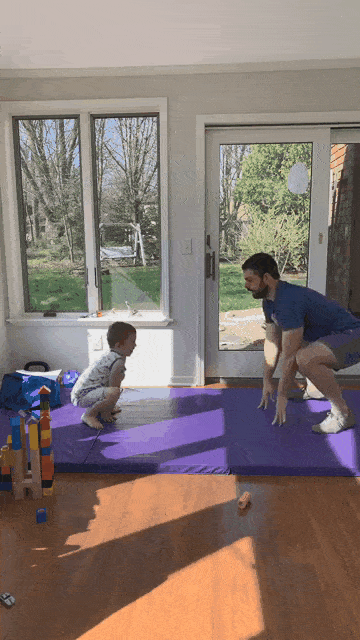
The important thing: plan it! Schedule your movement, no matter how small, so that way it becomes habitual.
Yes, even if it’s just taking the stairs. It might seem small and insignificant, but if you do it regularly, it’ll start to add up quickly.
#7) Get Good Rest and Sleep
The other thing people often neglect in industrialized countries: sleep.
As a whole, we’re getting less shuteye than we used to, with about 35% of folks reporting they get less than 7 hours of sleep per night.[16]
But it’s not just good quality sleep we’re after, it’s also rest.
That means not only days off from the gym to let your muscles heal and recover, but also downtime to let your mind relax.
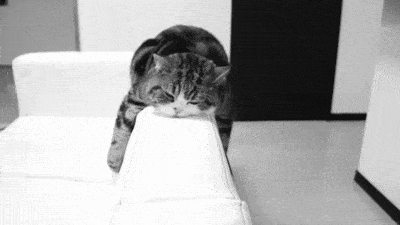
Straight chillin.
This matters for our discussion on weight loss:
- Sleep helps us regulate our metabolism, which partially explains the link between sleep deprivation and obesity.[17]
- Stress, and the hormones that come with it, can influence weight gain.[18]
If you want more help here, check out our 10 Tips for Improved Sleep.
#8) Find a Supportive Environment
Our environment can include a lot of things:
- Our home and work.
- The town or city we live in.
- Our friends and family.
Some of our environment is in our control. Some of it (like the weather) is not.
When possible, we want to change our environment to support our weight loss efforts, so we’re set up for success.
For our physical surroundings, we often call this “Building our Batcave.”

We want the things around us to promote our fitness goals.
This could include healthy snacks in the fridge or weights in the basement for our home gym.
Coach Matt talks about some easy ways to level up a home gym right here:
However, it’s not just material things here, because we also need to look at the people we surround ourselves with or “our squad.” Having people who support your efforts, or are themselves working towards a similar goal, can be critical for weight loss.
So can having a coach in your corner who knows the path forward.
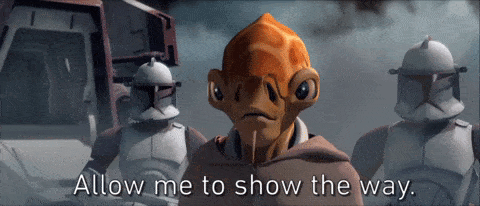
Any way that you can adapt your environment to match your weight loss goals, the better.
#9) Balance Emotions without Food
It’s perfectly normal and okay to use food to match emotions.
- Celebrating a promotion? A dinner out can be the perfect reaction.
- Tough day at work? Maybe a glass of wine will help you relax.
As we point out in our Guide to Stress Eating, the problem arises when we are no longer in control of food because of our emotions.
Coach Justin does a great job of explaining why here:
Food can be fine as a reward or as a relief, as long as it’s us controlling the behavior and not the food itself. Developing this skill will be important for sustainable weight loss.
If you find yourself “stress eating,” know that you are not alone here.
One of the top issues faced by clients in our 1-on-1 Online Coaching Program is emotional or stress eating. With the eruption of the pandemic, these episodes have only increased.
How to Lose Weight Fast (Next Steps)

I’m going to be real with you: developing and mastering all 9 weight-loss skills is going to take a while.
And that’s okay!
This is the fastest way to lose weight permanently.
Here’s the thing though: you don’t actually need to master all 9 skills to see progress.
As we discussed earlier, even if you just develop 4 or 5 of them, you’ll see results.
It’s something I discuss with Coach Matt in our video from Nerd Fitness Prime, on thinking of fitness as a “Dial,” not a “Light Switch.”
Because we’ve found that even if people are only consistent with their goals 50% of the time, it’s enough to make some progress and build momentum..
So here’s your new mission: work on ONE of these skills by taking ONE action.
That’s it. Don’t overwhelm yourself, but do take action today.
Which one should you pick?
Start with the first one, “Plan and Take Action.”
Make some time on your calendar for a 5-minute Daily Win tomorrow. Go for a walk, or prepare ONE healthy meal.
Make it something that doesn’t overwhelm you.
The win isn’t as important as following through, because that will help us build momentum in the right direction.
If you want some help getting going, I got you.
Here are three ways to continue your journey with Nerd Fitness.
#1) Our Online Coaching Program: a coaching program for busy people to help them make better food choices, stay accountable, and get healthier, permanently.
You can schedule a free call with our team so we can get to know you and see if our coaching program is right for you. Just click on the image below for more details:
#2) If you want a roadmap for sustainable weight loss, check out NF Journey. Our fun habit-building app helps you exercise more frequently, eat healthier, and level up your life (literally).
Try your free trial right here:
#3) Join the Rebellion! We need good people like you in our community, the Nerd Fitness Rebellion.
Sign up in the box below to enlist and get our Rebel Starter Kit, which includes all of our “work out at home” guides, the Nerd Fitness Diet Cheat Sheet, and much more!
Alright, I want to hear from you:
Any skills for weight loss that I’m missing?
What have you had success with?
What are you still having trouble doing?
You’re not the only one trying to lose weight, so share with us your journey in the comments so we can support each other!
-Steve
PS: If you’re just starting your weight loss journey, make sure you check out:
PPS: Shoutout to Precision Nutrition for helping to outline the skills needed for weight loss.
###
Photo source: Olga Yastremska © 123RF.com, Ekaterina Minaeva © 123RF.com, Nattapol Sritongcom © 123RF.com, andersonrise © 123RF.com, Samo Trebizan © 123RF.com.

